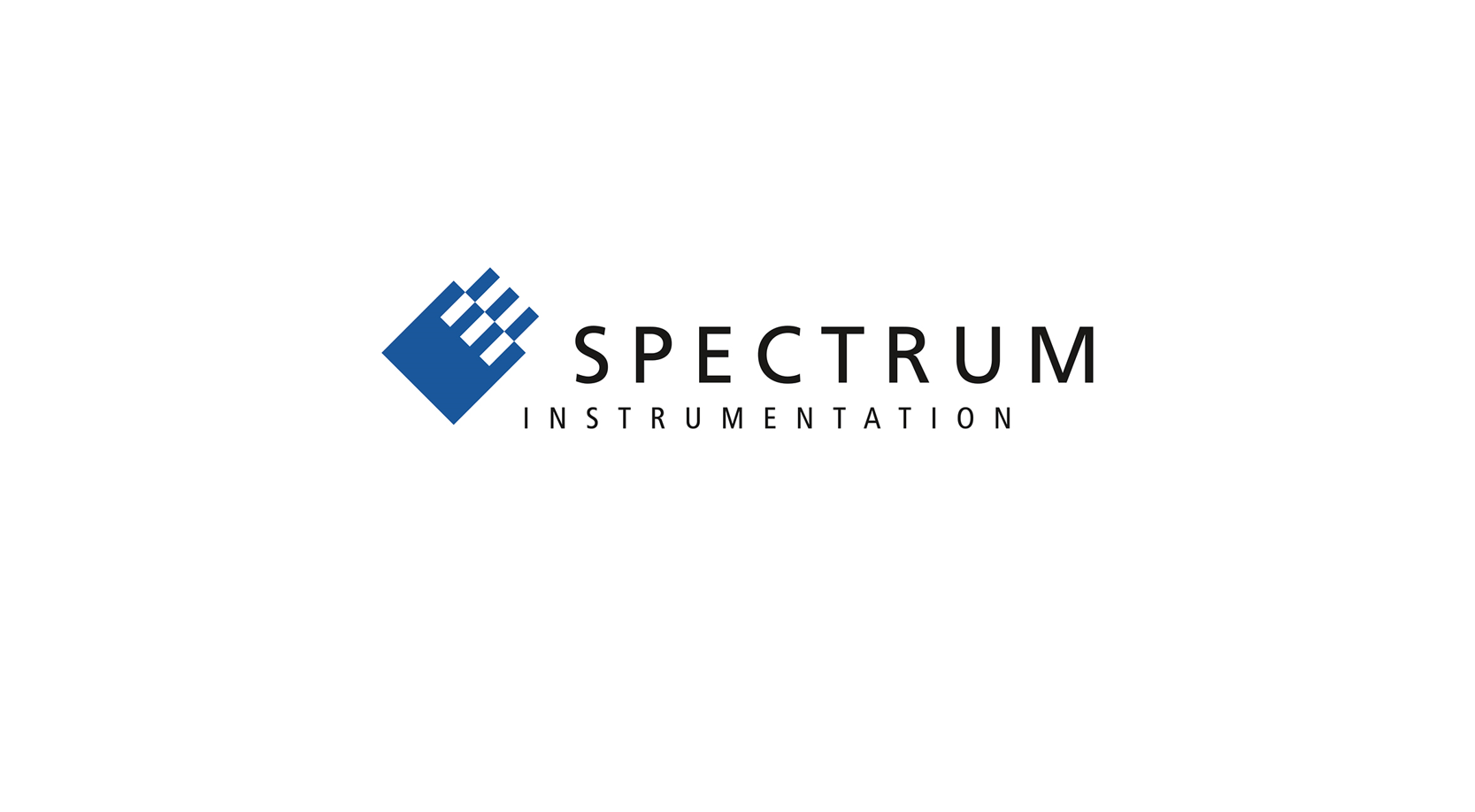University Kaiserslautern fast tracks Quantum Computer development with new DDS firmware option

Bangalore, India. – 19.
June 2024. There are many ways to build
a Quantum Computer (QC) and RPTU Kaiserslautern’s approach within the Rymax One
collaboration is to create an array of single atoms that act as qubits. The
challenge is moving and holding each atom in its precise location. This is done
by using a laser on each atom that traps it into the center of the laser beam
effectively acting as an optical tweezer. However, point-by-point programming
of each movement of the beam currently requires a lot of programming and a huge
amount of data. This has now been cut dramatically with the use of the new
Direct Digital Syntheses (DDS) firmware option from Spectrum Instrumentation so
that the position of the lasers can be controlled with a few simple commands
that define the start and stop parameters instead of making time consuming,
large data array calculations.
Dipl.-Phys. Jonas Witzenrath said, “This is making a huge
difference to the progress of our research. Using the new DDS option, we have
been able to make rapid progress and reduce the complexity in the system
allowing us to focus on advancing the research. The next step is to do the
reordering of atoms in a static two dimensional array using the dynamic
capabilities of the DDS-firmware." Furthermore, in the next phase, they
will use the AWGs to shape ideal UV laser pulses for precisely controlling interactions
between qubits.

Graduate physicist Jonas Witzenrath at the quantum
experimental setup of University Kaiserslautern, Germany
|
“DDS has become a vital tool in our project and we are
finding that it can actually be used in other things in the lab as it is very
flexible and can be used for other functions so we don’t have to buy dedicated
equipment for them. For example, pulsed lasers, chirp generation, etc. We
worked very closely with Spectrum to develop this DDS feature and are now
working on expanding its possible uses in research so that it can help other
laboratories.”
He added that the Spectrum AWG cards were chosen as they
are becoming the solution of choice for quantum research due to their great
analogue performance paired with large memory and high transfer speed onto the
card. The latter is crucial as the experiment has to pause until the
re-ordering waveforms are computed and uploaded onto the cards. The transfer
speed sets the Spectrum AWG cards apart from other products and that is the
main reason why they are widely used in the AMO/QC community. The speed of the
card’s operation was also very important. Fast AWGs have the intrinsic problem
of latencies on the order of tens of milliseconds or large jitter which results
in inaccuracies and longer processing times as the system corrects and
recorrects. The DDS firmware enables Spectrum’s AWGs to generate commands
within twenty microsecond and, due to the intrinsic timing, the commands are
practically jitter-free.

The Acousto-Optic Deflector (red arrow) splits one laser
beam into many controllable single beams which catch and hold the atoms
|
In
one example experiment, the Spectrum Instrumentation AWG card M4i.6631-x8 is
used to drive an AOD (Acousto-Optic Deflector) that generates a tweezer to trap
the atoms. The AOD is driven with an RF-signal with a frequency around 82 MHz.
With their current setup, a change of 1 MHz moves the tweezer with an atom by
about 8 ?m within 100 ?s, using s-shaped frequency ramps to minimize heating. During this time, the amplitude of the
signal is linearly changed to compensate for changes in light intensity.
The DDS
firmware option
DDS is a
method for generating arbitrary periodic sine waves from a single,
fixed-frequency reference clock. It is a technique widely used in a variety of
signal generation applications. The new option by Spectrum Instrumentation
allows users to define 23 DDS cores per AWG card, that can be routed to the
hardware output channels. Each DDS core (sine wave) can be programmed for frequency,
amplitude, phase, frequency slope and amplitude slope. The DDS output can be
synchronized with external trigger events or by a programmable timer with a
resolution of 6.4 ns.
In DDS-mode, the AWG acts as a
generator for the multi-tone DDS signal. The unit’s built-in 4 GByte of memory
and fast DMA transfer mode then allows the streaming of DDS commands at a rate
as high as 10 million commands per second! This unique capability provides the
flexibility to perform user-defined slopes (e.g. s-shaped) as well as various
modulation types (e.g. FM and AM) with simple, easy-to-use, DDS commands.
The Rymax One QC design
Widely used by quantum
researchers around the word: The M4i.6631-x8 Arbitrary Waveform Generator
with 1.25 GS/s sampling speed, 16-bit resolution and 2 channels
|
Individual Ytterbium atoms are suspended in a vacuum in a
Rydberg state using optical tweezers. The Rymax collaboration specifically
focuses on quantum optimization problems, such as the Maximum Independent Set
problem, and algorithms such QAOA or quantum annealing to find solutions. This
allows them to build optimized hardware for “analog” quantum computing. One
key-aspect of the design is dynamic control over (UV-) laser light, for which
full control over the different RF-signals is required. This is where Spectrum
Instrumentation’s long-standing expertise is valuable.
About
Spectrum Instrumentation
Spectrum Instrumentation, founded in 1989, uses a
unique modular concept to design and produce a wide range of more than 200
digitizers and generator products as PC-cards (PCIe and PXIe) and stand-alone
Ethernet units (LXI). In over 30 years, Spectrum has gained customers all around
the world, including many A-brand industry-leaders and practically all
prestigious universities. The company is headquartered near Hamburg, Germany,
known for its 5-year warranty and outstanding support that comes directly from the
design engineers. More information about Spectrum can be found at www.spectrum-instrumentation.com




